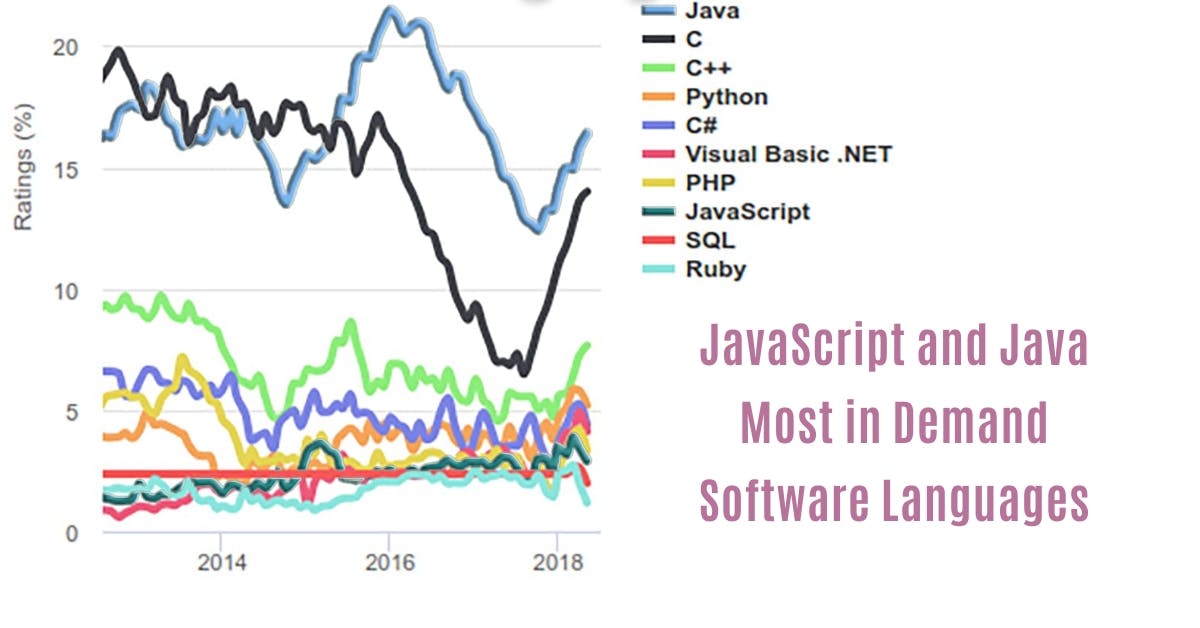
Programming languages JavaScript and Java are the most sought-after skills for IT professionals, according to a recent report from online academy Pluralsight. The report, called the Technology Index, breaks down the demand for a software developer’s proficiency in specific languages.
While both languages have been around for over two decades, JavaScript and Java continue to be the most popular in the majority of ranking sites.
An analysis from DZone notes that learning Java as your first language is probably the best choice if you’re planning to have a career as a developer. Moreover, a 4-year analysis of job postings from job platform Indeed indicates that both Java and JavaScript remain the most in-demand programming skills. Similarly, there are almost 5 million students learning JavaScript on Udemy, which is a clear indication of how widely used the program is across industries. With a wide user base and tons of libraries created over the past three decades, both languages remain the most reliable and widely used.
Battle for the Web: Java vs. JavaScript
Many people still think the two are related but Java and JavaScript are two different languages altogether. Although they had a brief intersection in the early days of Netscape, the two top languages have diverted paths from thereon.
When JavaScript was first introduced in the 90s, it was packaged as a companion of the then-popular Java for web development. It was not until years later that JavaScript was recognized as a programming language on its own. Java, on the other hand, was a pioneer in web development as an object-oriented programming language.
While both languages have been in contention for the best language for web development for a long time now, JavaScript has emerged as the undisputed language for web applications. Around 94% of all webpages on the internet are made from JavaScript but it’s common to have them running Java on the back-end.
Five years ago, people would’ve made clear distinctions in terms of JavaScript being the language used for client-facing coding and Java for server-side coding. But the advent of Node.js made JavaScript a more efficient language to be used for back-end development. As a runtime environment, Node is a light, scalable, and cross-platform way to execute code. This marked the supremacy of JavaScript for the internet including enterprise web programs. With Vue.js and AngularJS frameworks for front-end and React for back-end, it has become the most versatile, fast, and scalable language for web platforms.
Mobile development
Part of what kept Java afloat despite the rise of JS is its platform Java Virtual Machine. The "write once, run anywhere" principle of Java made it a versatile and universally compatible language as long as the device has a Java Runtime Environment.
This important feature made it the best language to use for developing mobile applications. In fact, it’s the official language for Android development and is supported by Android Studio. Around a fourth of the apps currently in the Google Play Store are made with Java and its frameworks.
In conclusion, both JavaScript and Java have stood the test of time. Their adaptability and capacity to integrate with new languages make them the most valuable skills for developers.